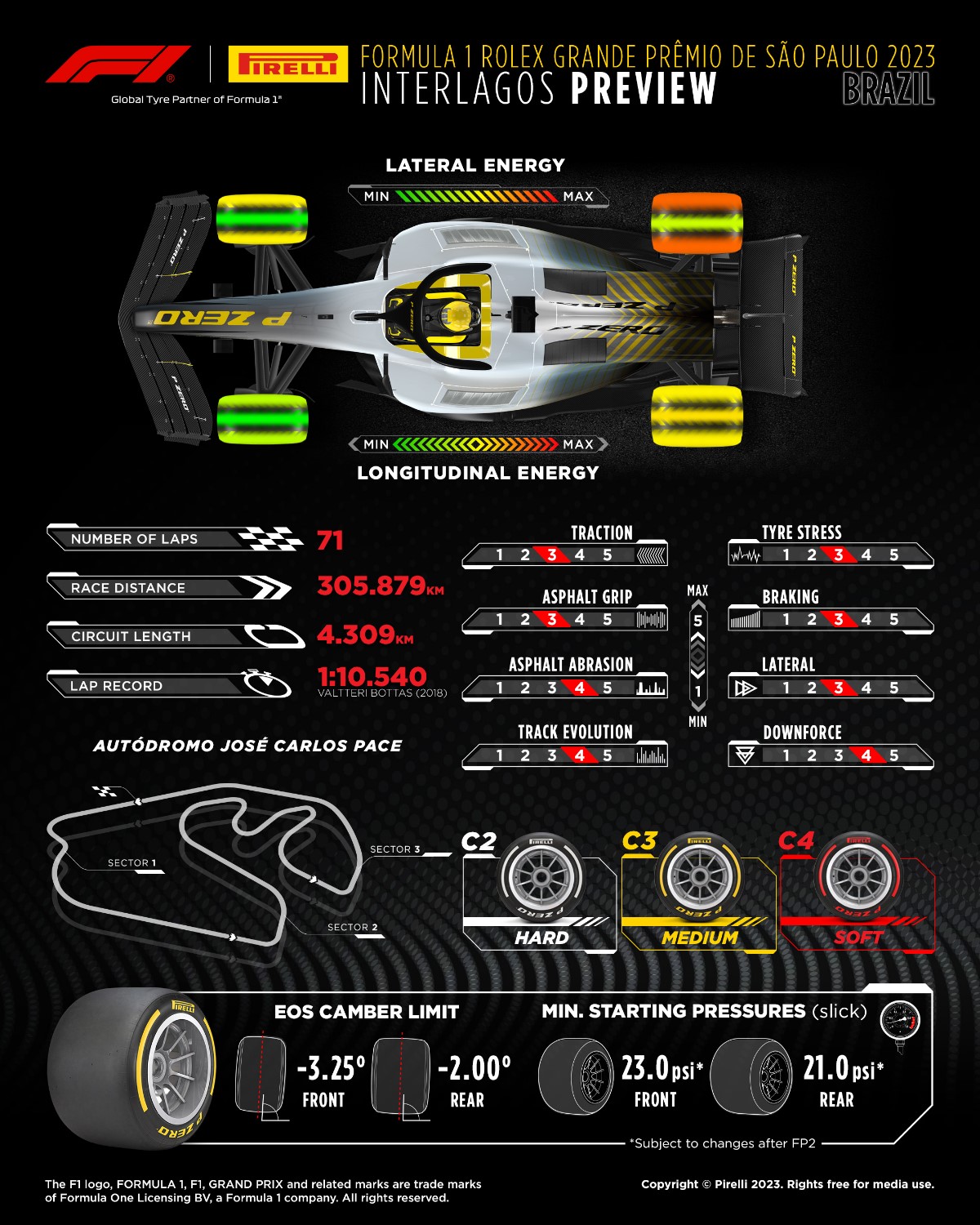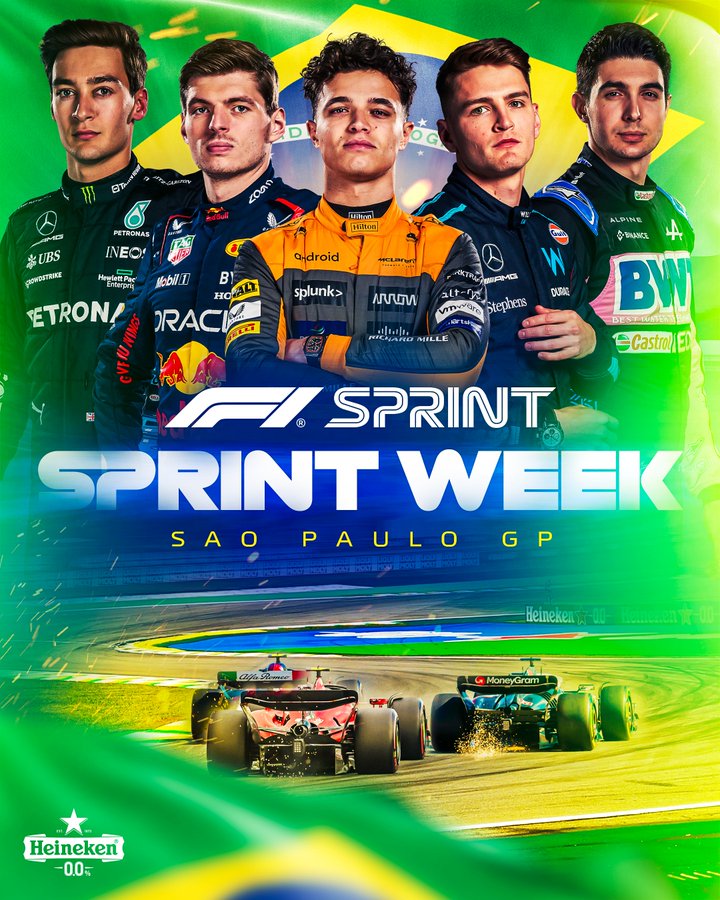F1: 2023 Sao Paulo Brazil GP Preview (Update)
This Sao Paulo GP Preview article has been updated with additional information, including the full TV schedule for this final Sprint Weekend of the year.
November 3, 2023
Round 21 of the 2023 FIA F1 series takes the ten F1 teams to Brazil, for the Sao Paulo Grand Prix, at the Autodromo Jose Carlos Pace.
Brazil immediately brings back fond memories for the American marque. It was around the circuit’s undulating and increasingly slippery surface that Kevin Magnussen guided his VF-22 to top spot during Q3 at last year’s Sao Paulo Grand Prix. When conditions worsened it sealed the optimum starting position for the Sprint, marking a maiden pole position for both Magnussen and MoneyGram Haas F1 Team. That came after teammate Nico Hulkenberg captured his maiden pole position in similar conditions, at the same circuit, during his rookie season in 2010.
The circuit takes its official name from Carlos Pace, the late Brazilian Formula 1 icon, who claimed his sole victory at the track in 1975, just three years after the venue joined the calendar.
It is more colloquially known as Interlagos, in reference to the district located between the man-made reservoirs of Guarapiranga and Billinges, and directly translating as ‘between lakes.’ The undulating circuit is compact, at only 4.3km, and features a sequence of long-radius medium- and high-speed corners, meaning a good rhythm is vital to extract lap time. Strong straight-line speed is also vital due to the lengthy full throttle section into the Senna S, a complex through which drivers plunge, which is named after the Brazilian legend Ayrton Senna.
Sao Paulo will host the sixth and final F1 Sprint event of the season, marking the third successive year in which Interlagos has held the alternative format.
The record race winner on Brazilian soil is Alain Prost with six victories to his name, ahead of Michael Schumacher on four. Lewis Hamilton shares third place in this category with Carlos Reutemann and Sebastian Vettel, each having won on three occasions. Michael Schumacher has the most podium finishes (10), ahead of Fernando Alonso (8). Lewis once again shares third place, this time with Prost and Kimi Räikkönen, each of them having made seven podium appearances. In the all-time qualifying rankings, the legendary Ayrton Senna is the undisputed leader with six pole positions.
2022 Race
Last year the race lived up to its unpredictable reputation with Kevin Magnussen taking a stunning pole for Haas, Lewis Hamilton and Max Verstappen colliding and George Russell scoring his long-awaited maiden Grand Prix win. It was the only occasion in a staggering run of 25 races Red Bull was beaten.
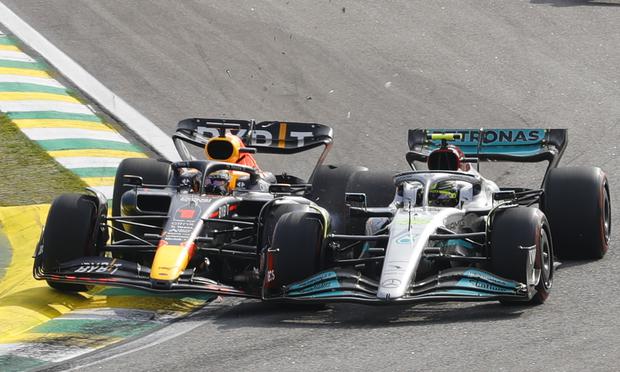
Fact File: São Paulo Grand Prix
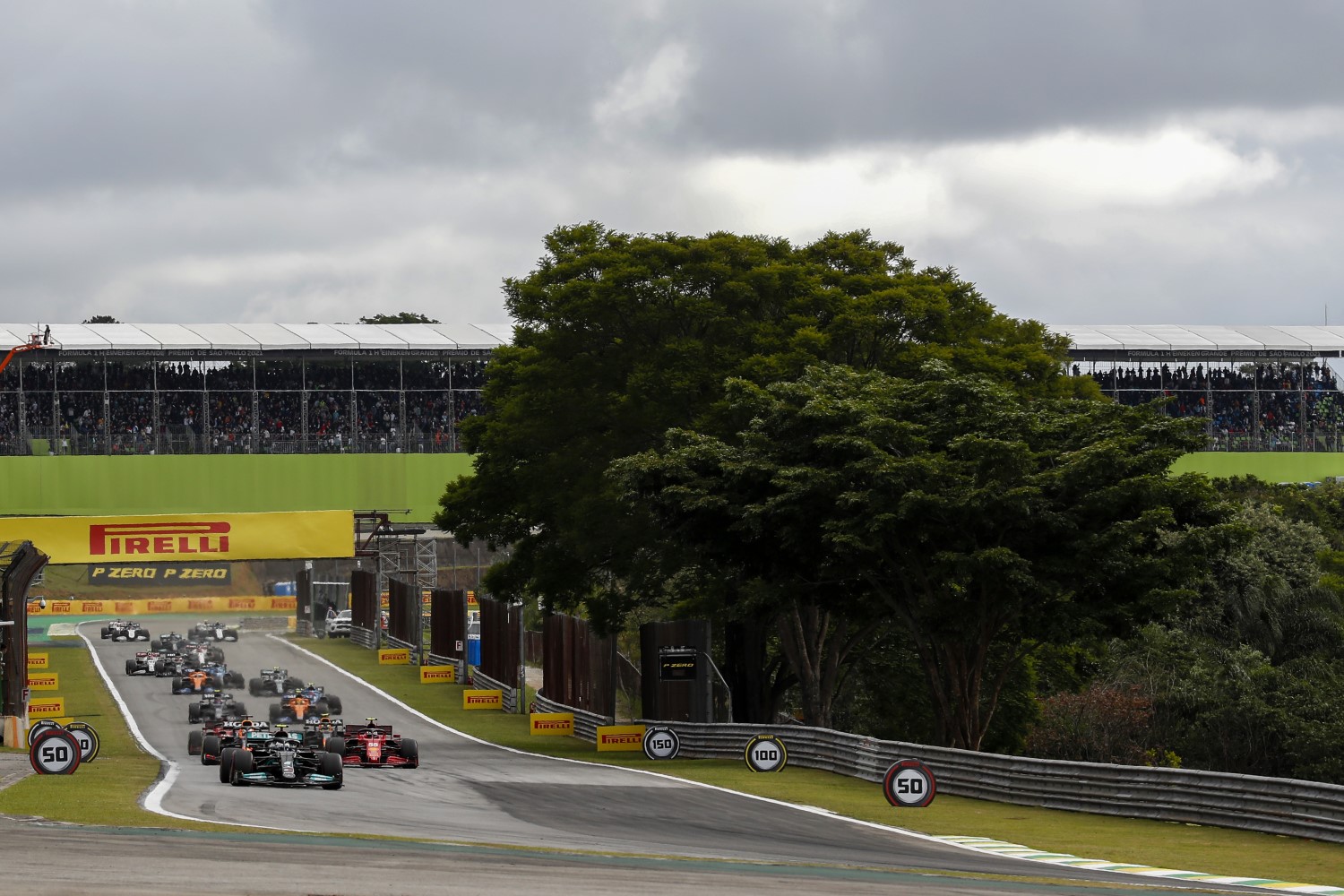

- The Autódromo José Carlos Pace is the fourth-shortest circuit on the 2023 F1 calendar at just 4.309 km long.
- The only tracks shorter than it are Monaco, Zandvoort, and last weekend’s venue, Mexico.
- However, 67% of the lap is spent at full throttle.
- That ensures that it is the second-shortest lap time of the year, behind only the Red Bull Ring.
- The current lap record is held by former Mercedes driver Valtteri Bottas, who recorded a 1m 10.540 in 2018.
- The absolute track record, the fastest ever lap of the circuit in an F1 car, is held by Lewis Hamilton who recorded a 1m 07.281 to take pole position in the same year.
- The São Paulo Grand Prix venue is situated 800 meters above sea level, the second-highest altitude we visit on the calendar.
- Again, only last weekend’s venue in Mexico City is higher although that has significantly more elevation, clocking in at over 2,200 meters above sea level.
- Interlagos provides a tricky challenge to set-up the cars. The first and third sectors require low drag for the long straights, but the twisty middle sector requires high downforce.
- With two DRS zones, the focus typically falls towards higher downforce for the ultimate fastest lap, but a balance still needs to be found to be competitive for overtaking and defending during the race.
- From the exit of Turn 12, there is 1.2 km of full throttle before reaching the braking zone for Turn 1.
- In this part of the track, there is also an elevation change of 33 meters.
- The biggest change in elevation however is from the start/finish straight to Turn 4, which sees a 40 metre drop in elevation.
- The long straight before the start of a flying lap requires smart deployment of energy from the ERS to maximize performance towards the end of the out-lap.
- Turn 1 is heavily banked towards the inside, which unloads the front-left wheel and can cause lockups.
- However, as the tire is unloaded, flat spots are less likely and time loss isn’t as high due to the steep banking and variety of lines possible.
- The uphill grid requires the drivers to find a balance between holding the car on the brakes as gently as possible, without rolling backwards.
- From Turn 10 to Turn 6 (around 3.5 km) the left-hand front tire does very little work and therefore cools down quickly. This provides a challenge in keeping the tire in its operating window.
- Interlagos is a flowing circuit, with plenty of combined corner entries (where the car is cornering and braking at the same time). This means good stability is important along with a good front-end for the low-speed middle sector.
- Track temperatures can reach some of the hottest of the season here, getting up towards 60 °C.
- The weather in São Paulo can also be mixed at this time of year. It is not uncommon to see sunshine and high daily temperatures followed quickly by a thunderstorm bringing a deluge of rain.
- This weekend’s São Paulo Grand Prix marks the final sprint event of the 2023 season.
- Max Verstappen’s victory in the Mexico City GP was the 51st of his F1 career, matching the career total of four-time World Champion Alain Prost, tying him for fourth on the all-time win list.
- With six wins in 11 events, Max Verstappen is the most successful driver in Sprint history. Checo is also one of only four other drivers to take a Sprint win, doing so in Baku earlier this year.
- Checo has received the fastest outright pit stop at seven of the 19 GPs in the 2023 season and was the first driver to be stopped in under two seconds this year.
- Another podium finish in 2023 will see Max Verstappen break his record for the most podiums in a single season, 18, which he set in his first title-winning season in 2021.
Unlocking the Lap

A lap begins immediately with the tricky ‘S’ do Senna, named after the Brazilian icon. This is a tricky downhill left-right chicane that merges into the long Curva do Sol.
Heavy braking takes place incredibly late – after the 50-metre board, with drivers decelerating and turning into the cambered, blind-apexed corner, making it easy to lock up. The second part is easy to get wrong by taking too much curb.
Turn 10 – Bico de Pato – is a tricky little hairpin at the end of a sequence of punishing long bends. This is another corner where it is easy to lock a wheel and run wide and this compromises the exit massively.
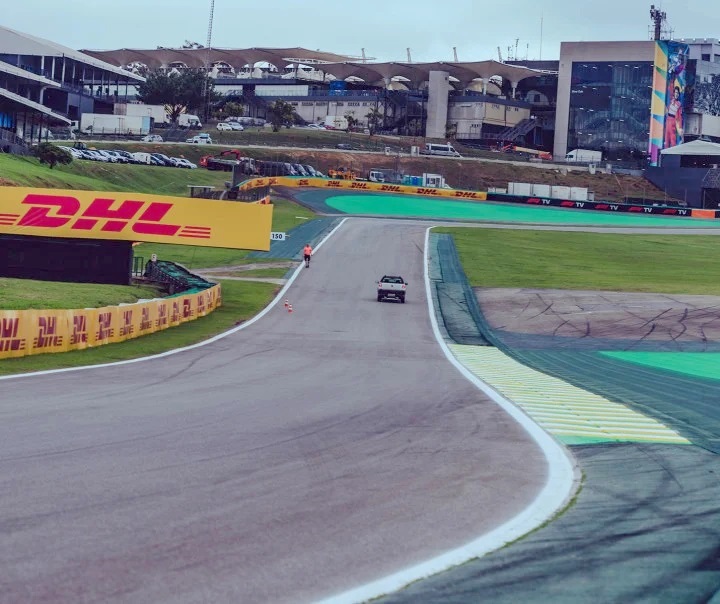
The last notable corner – Juncao, Turn 12, has been the scene where races and even a World Championship have been decided. The approach is downhill before a climb up to the corner itself. Deceptively tight, this turn needs to be mastered because of the long, uphill blast to the finish line that follows.


Things to look out for
Overtaking: Expect plenty of moves to be made throughout the race and in the Sprint. Oval-like circuit characteristics, high tire wear and tricky braking zones into Turns One and Four all promote overtaking. In fact, over 80 percent of moves are done into T1 or T4 – the end-points of the two long DRS zones.
Safety Cars: The Safety Car often gets used at Interlagos, with 10 appearances in the last five races. The very wet 2016 race featured no fewer than six SC periods. With a low pit-lane time-loss, it is often beneficial to stop during an interruption. VSCs are much less frequent, with the two appearances both coming in 2021.
Strategy: This is regularly a two-stop race due to the ease of overtaking and tire wear, with Pirelli bringing the C2, C3 and C4 compounds for the last time in 2022. The weather can change in an instant and can cause mayhem during a race weekend, keeping every strategist and mechanic on their toes.
TV Schedule (See our full weekend TV Schedule)
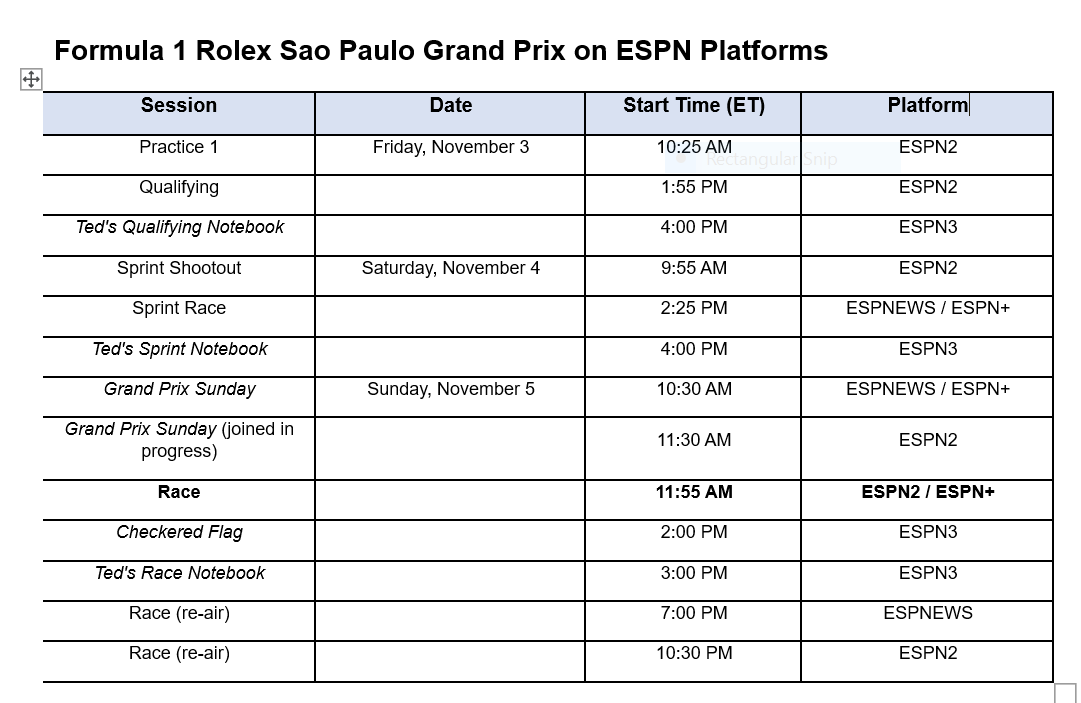
Pirelli Tires
